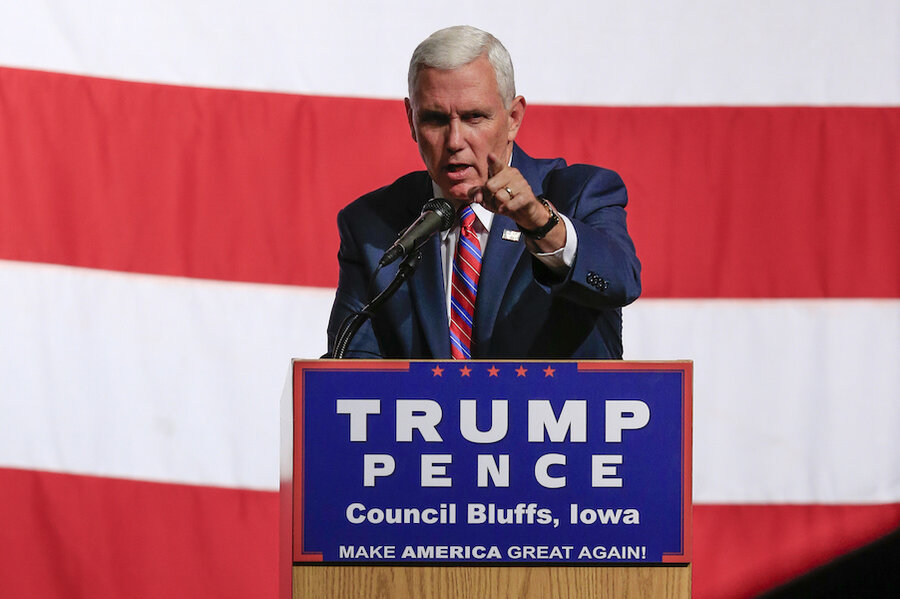Mike Pence is an experienced tax cutter
Loading...
Donald Trump’s choice for vice president, Indiana Governor Mike Pence, has only run the state since 2013 but he’s already built a reputation as a premier tax-cutter. In just three years as governor, Pence successfully pushed proposals to cut income taxes, corporate taxes, personal property taxes, and completely eliminate the state’s inheritance tax.
When Pence took office, Indiana’s 3.4 percent flat individual income tax rate was already the second-lowestin the nation (only Pennsylvania’s 3.07 percent was lower). Still, in his first state of the state address, Pence pitched a 10 percent cut as an “affordable” way to “unleash half a billion dollars” into Indiana’s economy. The legislature eventually passed a 5 percent reduction, bringing Indiana’s tax rate down to 3.23 percent over the next two years.
The same legislation also immediately killed Indiana’s inheritance tax and repealed its dormant estate tax. The inheritance tax, which affected estate transfers greater than $250,000, was already scheduled to phase-out by 2022, but Pence and the legislature repealed the tax for the estates of all persons deceased after Dec. 31, 2012.
Pence proposed more tax cuts in 2014. That year, he signed legislation that will gradually lower Indiana’s corporate income tax rate from 6.5 percent in 2015 to 4.9 percent in 2021. The legislation also allows Indiana counties to trim personal property taxes for businesses—although Pence wanted to repeal the tax. He championed both proposals as ways to make Indiana more competitive with neighboring states, though the relationships between tax structure or even tax reductions and state economic growth is mixed.
Pence did not secure further tax cuts in 2015, but he signed a law that changes the rules for taxing the sale of certain manufacturing equipment. This simplification brought Indiana more in line with how other states treat these business-to-business sales. Pence proposed completely exempting such sales from tax, but the legislature passed the more modest change because of revenue concerns.
Unlike some other governors, Pence maintained Indiana’s balanced budget throughout his three years of tax cutting—mostly by keeping his state’s spending growth rate below inflation.
Finally, the Trump campaign is sure to tout Indiana’s economic record during Pence’s tenure. Indeed, since Pence took office in January 2013, Indiana’s unemployment rate has fallen from 8.4 percent to 5 percent. But a state’s economy depends on a lot more than what the governor does—especially in three short years. Besides, Indiana’s unemployment rate has roughly tracked the national average for decades, and did the same during Pence’s term, when the national rate fell from 8.3 percent to 4.7 percent.
That’s why it’s always better to examine what a governor can control: policy decisions. And Pence will win kudos from conservatives as a successful tax-cutter who kept his budget balanced with offsetting spending reductions.
This article appeared first in TaxVox.







